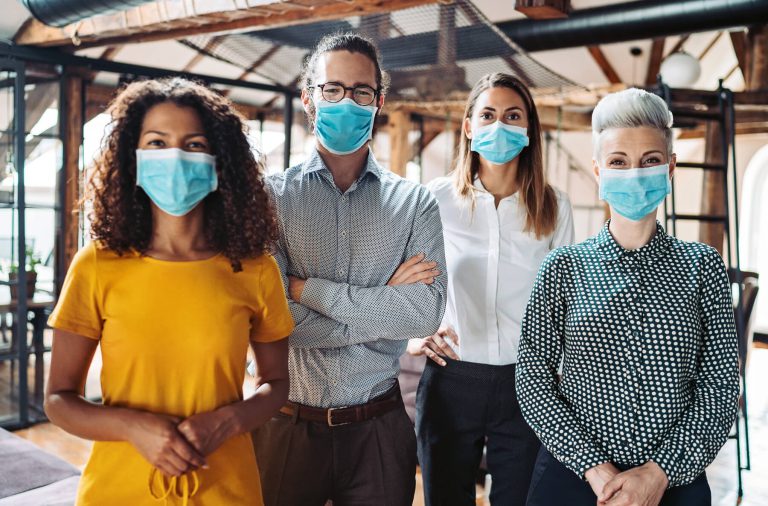Introduction
With most of the U.S. population now fully vaccinated against COVID-19 and the CDC announcing relaxed community guidelines, many businesses are preparing to reopen at full capacity (if they haven’t done so already), and some are increasing their capacity by adjusting their in-office schedules.
“This is the year we return to the office. We will start to see a flight to quality as companies reengage employees that are comfortable working from home and bring them back to the office with amenitized packages,” said Steig Seaward, National Director of Research for Colliers International
“Medium-sized tech markets like Austin, Nashville and Salt Lake City will lead the way to recovery. Major tech markets along the West Coast, although challenged at the moment, will also be a part of that recovery.” This 2021 prediction has, so far, proven fairly accurate.

Businesses continue to face many challenges as remote schedules are adjusted and employees return to the office. Some organizations are challenged with accommodating flexible remote versus in-office schedules or easing a majority of their employees back into the office for a resumption of business as usual. Meanwhile, other entities, such as airports, are tasked with resumption of normal operations and staying open safely as COVID-19 variants continue to impact their employees health and safety.
No matter the circumstance, it’s important to understand that the definition of “clean” has evolved, especially for commercial facilities. COVID-19 changed the way that commercial cleaning is performed and how seriously it’s taken. New cleaning goals should be focused first and foremost on safeguarding the health and safety of facility occupants.
This guide is designed to help organizations with questions about how to create and maintain a healthy facility while supporting employees as they learn to manage both remote and on-site work. While recommendations are primarily focused on office environments, the methodology can easily transform for whatever industry you serve or property you manage.
We’ve drawn on the expertise of the World Health Organization (WHO), the Centers for Disease Control (CDC), the Environmental Protection Agency (EPA), the Department of Labor (DOL), and the Occupational Safety and Health Administration (OSHA) to create this guide. It combines their guidance with Flagship’s 30+ years of experience in janitorial and facilities solutions, including prior pandemics, as well as expertise gained from servicing businesses through the COVID-19 outbreak. These proven processes and methodologies will help organizations of any size, in any location.
Download Now!
Want to read on? Download Stay Open Responsibly: Best Practices for Post-Pandemic Facilities Maintenance now!
Subscribe Now!
Stay up to date with the latest facility management tips and news.





